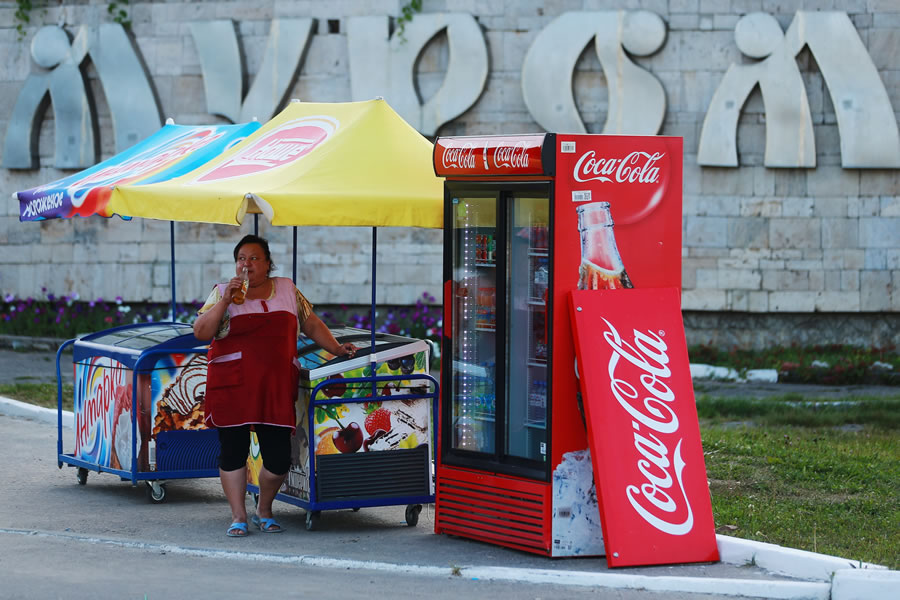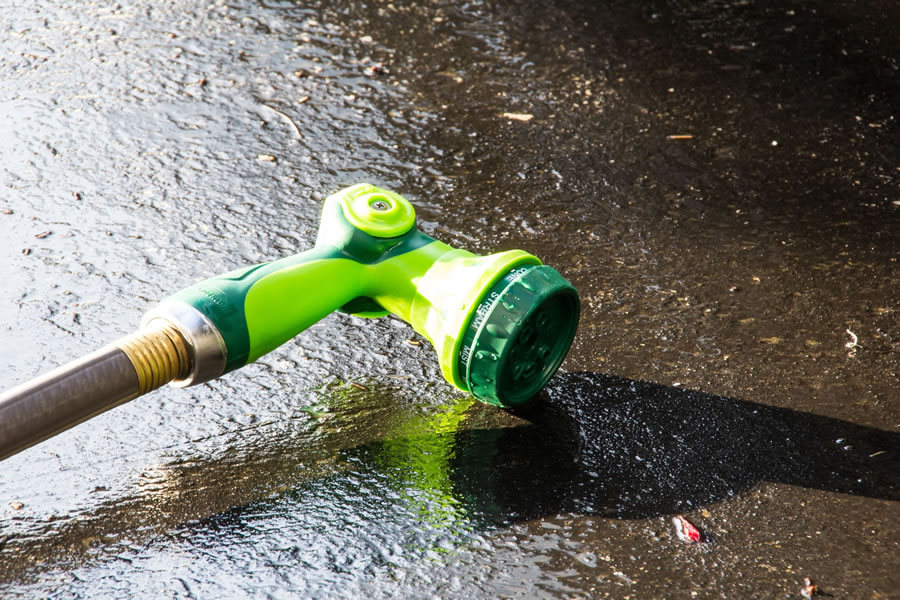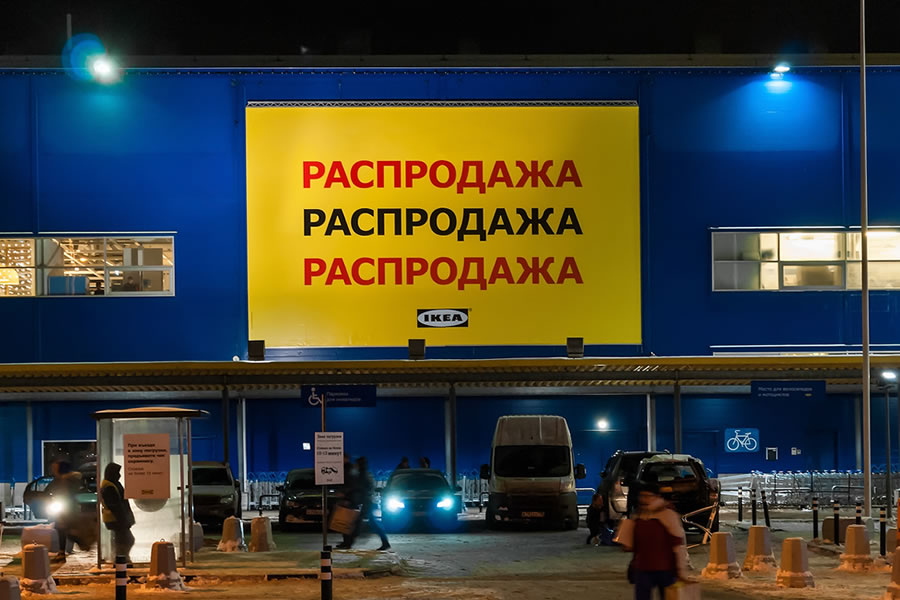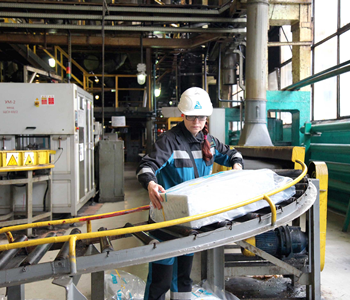In 2017, Russians have been encountering weather's nasty surprises all the time. The long spring was followed by the weird summer with torrential rains in Central Russia and deadly heat in the southern part of the country. Yet as early as August, some regions were already into a winter season, and the Hydrometeorogical Centre of Russia issued freeze warnings for Novosibirsk, Tomsk, Kuzbass, and Altai Territory.
Summer hampers sales
At the very start of the season, consumption of soft drinks sank by 20–25% against expectations.
The economic slowdown as a result of the abnormal weather is even reflected in official statistics. According to the Ministry of Economic Development and Rosstat, in 1H 2017, industrial production grew by 2%. However, this upward trend was driven mostly by the consumption of electricity, gas and heat, which spiked in response to the unusual weather (this can be seen most clearly fr om data for May and April 2017). In addition, according to the Ministry of Economic Development, unemployment went up on the back of the lower than usual seasonal employment growth in agricultural and hospitality industries.
It is the weather conditions that quite a few experts link to some unusual trends seen in the polymer market. Grigor Rogonyan, CCO at TONAR, described the sales of heat-shrinking packaging film used for low-alcohol or soft drinks as moderate. “In summer, sales usually increase 2–2.5-fold compared to winter. Hot summer can drive sales up three times. This year, however, the growth reached only 1.5 times at most,” he said. This is clearly linked to the cold summer, believes Igor Berezin, President of the Guild of Marketing Specialists. He estimates that at the very start of the season, consumption of soft drinks sank by 20–25% against expectations.
Due to a cold summer, the sales of heat-shrinking packaging film for drinks proved to be modest.
Retail chains usually make early preparations for the summer season by building up supplies in March and April and then keeping up the pace. Tatiana Vladimirova, CCO at PolyER, says that this year, the usual trend "went wrong" and the "season effectively did not start until June", which had a material impact on the various types of packaging. And this is not the only example. "It is no secret that producers of disposable tableware make money mostly in summer. This year, the poor weather resulted in sales dropping by nearly 30% year-on-year,” said Sergey Egorov, CEO of Introplastika.
Weaker demand for fuel leads to pretty much the same trend in a large number of related chemical products such as octane additives and hydrogen sulphide scavengers.
According to Andrey Kostin, Head of RUPEC, there is a high probability of a slump in demand for polymer garden tools such as garden hoses: there is simply no need for them in the pouring rain. “In late summer, statistics are also likely to show some major changes in fuel consumption as people have spent much less time at their summer houses because of the poor weather. There have been fewer people travelling to the seaside, which was a common thing to do in 2016 and 2015,” he adds, saying that weaker demand for fuel leads to pretty much the same trend in a large number of related chemical products such as octane additives and hydrogen sulphide scavengers.
...and not only summer
However, experts say poor weather is not the only reason behind the sluggish markets. It is rather a mix of events, wh ere the abnormal cold in Central Russia and the heat in the south of the country are just a nasty addition.
Andrey Karpov, President of the Russian Retail Market Experts Association, believes that the key driver is the decline in retail turnover, which is a popular indicator of consumer demand. Rosstat data shows that in 1H 2017, retail turnover in comparable prices went down by 0.5% year-on-year. That said, 1H 2016 did not set a high comparison base, with the indicator shrinking by 4.9%. According to Tatiana Vladimirova, retail chains started struggling with selling goods in stock as early as Christmas holidays. Since then, the situation has only got worse.
Garden hoses were rarely in use this summer.
Q2 2017 statistics show a slight recovery in sales (up 0.7% year-on-year), but Igor Berezin stresses that it was driven by stronger demand in the non-food segment. "An upturn in consumer activity is largely driven by two industries only: automotive and tourism. It is rather obvious that the increase in spending is basically coming from well-off people,” he says.
Rosstat data shows that in 1H 2017, retail turnover in comparable prices went down by 0.5% year-on-year. That said, 1H 2016 did not set a high comparison base, with the indicator shrinking by 4.9%.
According to Grigor Rogonyan, the second factor behind the failure of the traditionally high summer season is tougher pressure from the imports. Stronger rouble contributed to the growing import volumes. Although the pressure from foreign suppliers somewhat eased compared to what was seen several years ago, "imports are still an issue for certain labelling products and packaging films,” says Alexander Boyko, Head of the National Confederation of Packagers. The third factor is the increased number of domestic producers. Until recently, it was our advantage that helped displace imports. However, when demand is low, it is rather seen as a trouble spot. "Under-utilisation of capacities is an ongoing problem among manufacturers of polymer products,” explains Alexander Boyko. In an attempt to retain customers, some players opt for drastic price cuts. "This is a common situation for a shrinking market. Everyone is trying to survive and that includes price dumping as well. For example, in winter, all dish makers usually cut prices to make it through until spring. However, this year, the process of "surviving" is still not over,” says Sergey Egorov. According to Alexander Boyko, there are no grounds to expect a decline in competition levels any time soon.
What is to be done?
The consensus opinion is that the poor season will not be offset even by a favourable autumn. "We can only try to alleviate the situation by aggressive advertising and marketing activities. This means communicating a message that you can still make up for the time lost to bad weather, but you need to seize every opportunity to do that," says President of the Guild of Marketing Specialists. According to Grigor Rogonyan, sales forecasting is currently quite a challenge. "We receive sales orders at the end of the month or at the beginning of the next one, with numerous amendments to follow. Today, we can provide forecasts only by extrapolating statistical data. Still, summer forecasts did not match the actual performance,” he says.
To attract customers, manufacturers and retailers have to target them with tailored offers.
What will happen when the "cold season" consequences are no longer visible? Nobody expects drastic changes to the main trend and an upturn in the consumer activity. "There is reasonable certainty that both retail and wholesale segments are moving from recession to “positive stagnation”, which almost guarantees no deep plunges typical of 2015 and 2016. At the same time, any sustainable growth is unlikely at least for the next 18–24 months,” says Georgy Ostapkovich, Director of the HSE Institute for Statistical Studies and Economics of Knowledge (ISSEK).
“Although the pressure from foreign suppliers somewhat eased compared to what was seen several years ago, "imports are still an issue for certain labelling products and packaging films”.
RUPEC warns that in the long run, there is another major economic factor to be taken into account: similar to other countries, Russia faces population ageing, which affects the most active consumers aged from 25 to 34. "More people buy only staples and do not hesitate to save money. For FMCG companies and retail chains, it is vital to get adapted to it, develop a tailored offer, and reach out to just about every customer. Success in the market requires a comprehensive set of measures to make consumers interested and retain them,” says Andrey Karpov.
Alexander Boyko agrees that a tailored approach that is the path to be taken going forward. He says that already now, there are some special types of containers being designed for particular customer groups, an unprecedented phenomenon for the mass segment. Portioned products (such as factory-packed sliced cheese and sausages) are increasingly popular, although until recently, their sales were negligent. Another trend is that products usually packed in cardboard now make greater use of polyethylene and other plastic containers, which contributes to extended shelf life. According to experts, similar solutions will become commonplace as time goes on. It means that for manufacturers of polymer products and feedstock, the emerging socio-economic trends are not only a challenge but also an opportunity.
Download PDF









